Cloud Workload Security
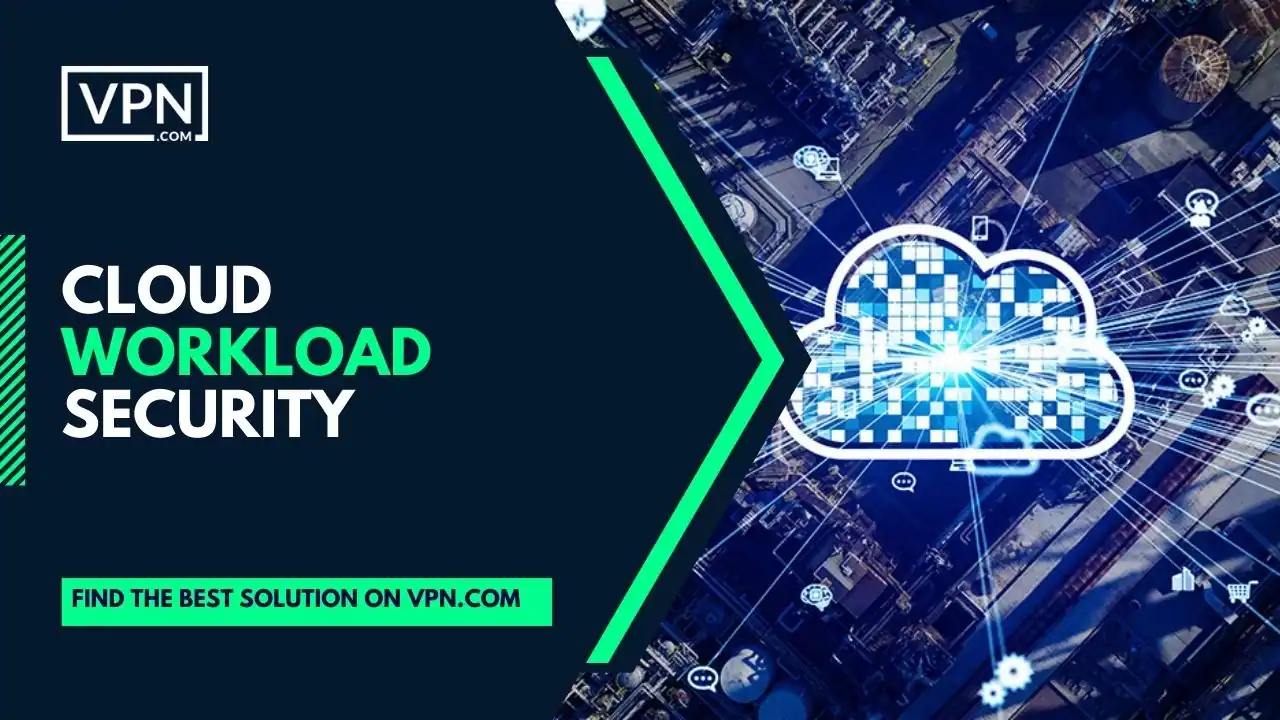
Cloud computing has become an integral medium of information technology in today’s digital landscape. The risk of security breaches has increased as firms continue to store and transport sensitive data in the cloud. Cloud workload security comes in handy here.
Cloud workload security is the protection of data and applications stored and processed on cloud servers. It entails preventing unwanted access, data theft, and cyber-attacks on virtual machines, application workloads, and containers. Without effective cloud workload security, businesses risk exposing themselves to a slew of vulnerabilities that could jeopardize their data and apps.
As a result, cloud workload security is crucial because it protects the cloud environment from data theft, privacy breaches, and threats that can result in financial and reputational damages.
What Is Cloud Workload Security?
Cloud computing is altering the way we operate and save important data in a world that is becoming more and more digital. However, the convenience and simplicity of access come with the obligation to provide proper cloud workload security.
So what precisely is the security of a cloud workload? It alludes to the comprehensive steps taken to safeguard from online threats the data, programs, and services being used in the cloud. Access management, encryption, vulnerability management, threat detection and response, compliance management, integration, and automation are the main elements of cloud workload security.
Together, these elements form a complete security system that protects digital assets from both internal and external threats. Organizations may guarantee the security and dependability of their cloud infrastructure by integrating these components.

Signup at our #1 host
- Reduce Costs
- Shorten time to market
- Increase efficiency
- Improve agility & consistency
What Are The Risks Of Cloud Workloads?
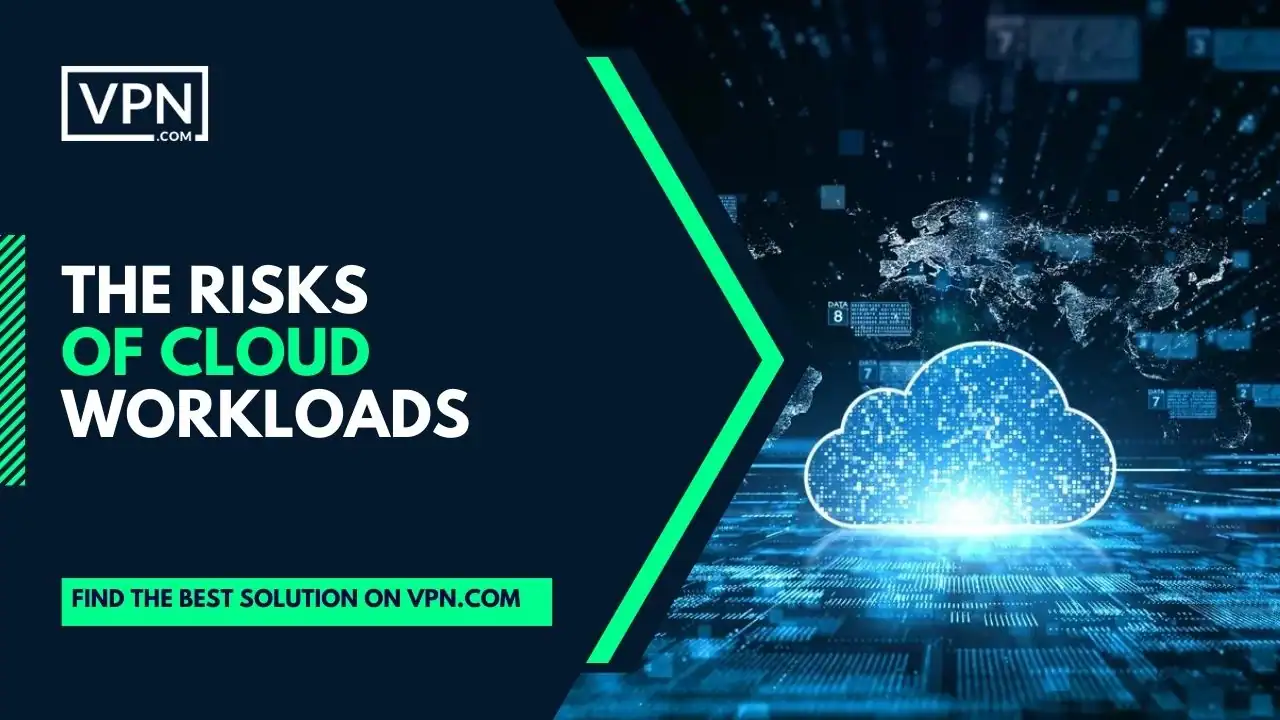
The risks of cloud workloads are data breaches, unauthorized access and cyber attacks. Cloud technology is transforming the way we operate and keep vital data in an increasingly digital environment. However, with the comfort and simplicity of access comes the obligation of maintaining proper cloud workload security.
So, precisely what is cloud workload security? It refers to the total procedures taken to safeguard the cloud’s data, apps, and services from cyber threats. Access management, encryption, vulnerability management, threat detection and response, compliance management, and integration and automation are critical components of cloud workload security.
Each of these components contributes to the development of a comprehensive security solution that protects digital assets from both internal and external threats. Organizations may assure the security and reliability of their cloud infrastructure by integrating these components.
Data Breaches
Unauthorized Access
Cyber Attacks
Data Breaches
Data breaches are happening increasingly frequently as a result of the enormous data storage on cloud servers. Cybercriminals scan cloud systems for vulnerabilities, often causing disasters for persons and enterprises. The 2017 Equifax hack and 2019 Capital One breach were notable cloud data breaches.
These assaults exposed millions of users’ sensitive data, underscoring the necessity for cloud security and monitoring. Password theft, insider threats, and malware can cause cloud data breaches. Organizations must prioritize cloud security while accessing and storing sensitive data.
Unauthorized Access
Cloud environments have fundamentally altered the ways in which we store, communicate, and retrieve data. However, thieves can still gain illegal access to this technology; it is not completely secure.
Unauthorized access to cloud environments can happen for a variety of reasons, including having weak passwords, falling victim to phishing, or being infected by malware. For example, in the year 2020, the widely used video conferencing platform Zoom experienced a data breach that resulted in the exposure of more than 500,000 passwords on the dark web. This made it simple for cybercriminals to gain access to private information.
In a similar fashion, in 2019, the computer system of Capital One bank was broken into, which led to the theft of one hundred million client records that were kept in the cloud. These terrible occurrences serve as reminders that unauthorized access in the cloud can have devastating effects if proper security rules are not followed. These unfortunate incidents have occurred.
Cyber Attacks
Cloud storage, sharing, and access have changed. Cybercriminals can access this technology. Phishing, malware, and weak passwords can allow unauthorized cloud access. In 2020, Zoom’s data breach exposed over 500,000 passwords on the dark web, allowing hackers to access sensitive information. In 2019, Capital One was hacked, stealing 100 million cloud-stored client details. These terrible occurrences remind us that improper cloud security can lead to devastating repercussions.

Signup at our #1 host
- Reduce Costs
- Shorten time to market
- Increase efficiency
- Improve agility & consistency
What Are The Benefits of Cloud Workload Security?
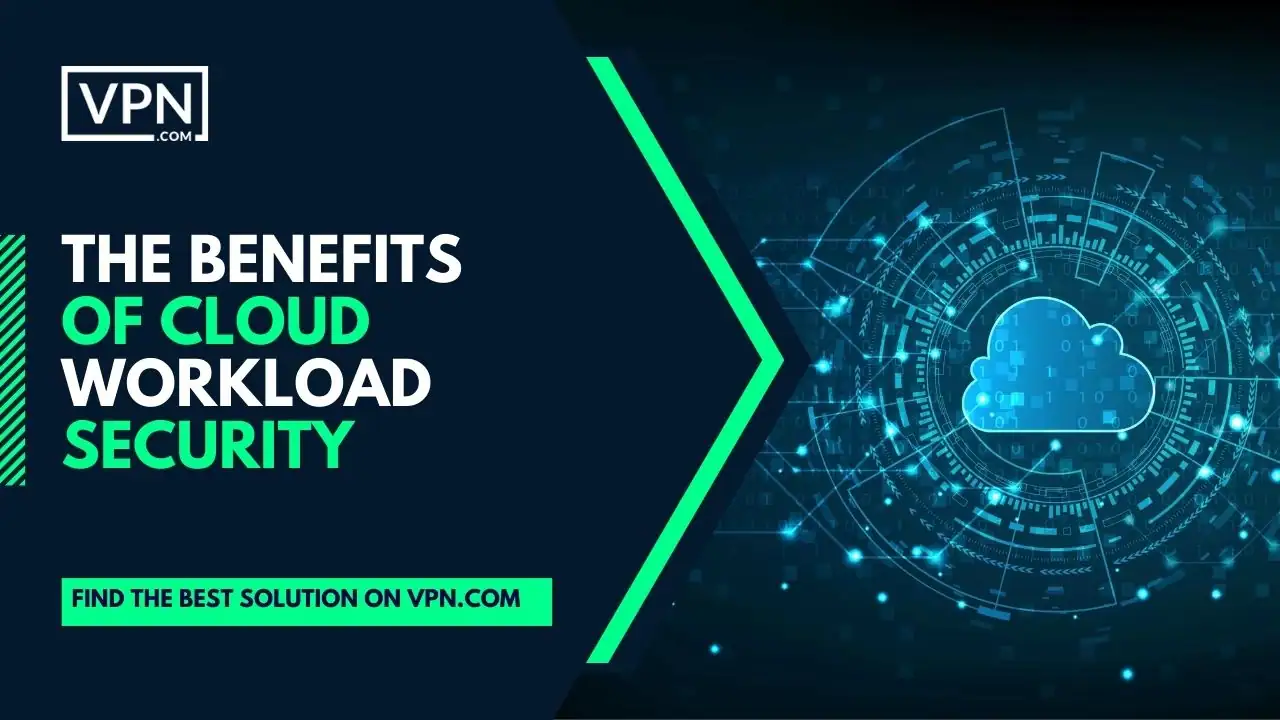
The benefits of cloud workload security are improved security, greater flexibility and cost saving. For every firm, maintaining regulatory compliance can be a laborious effort. Cloud workload security, however, can greatly simplify this procedure. Organizations may ensure that their data is encrypted and secure, lowering the risk of data breaches and maintaining compliance with data protection standards, by implementing cloud workload security.
Additionally, increased flexibility is made possible by cloud workload security, allowing businesses to simply scale up or down their resources in response to shifting compliance requirements. Cloud-based solutions can also significantly reduce costs, freeing up funds that can be allocated to the organization’s other divisions.
Overall, cloud workload security can provide businesses with several advantages, not the least of which is guaranteeing regulatory compliance.
Improved Security
Greater Flexibility
Cost Saving
Improved Security
A thorough security strategy must be in place to prevent security mishaps as firms increasingly rely on cloud technology to hold sensitive data. In order to strengthen an organization’s overall security posture, cloud workload security can play a significant role.
Cloud workload security can find and fix any flaws before they become serious security issues by offering continuous monitoring and threat detection. By using robust authentication mechanisms and encryption approaches, for instance, cloud workload security can stop illegal access to data.
By isolating contaminated workloads, it can also prevent malware and other dangers from propagating. Organizations can relax knowing their data is safe and that their overall security posture is better than ever thanks to cloud workload security.
Greater Flexibility
A key component of cloud computing that enables businesses to employ cloud resources with flexibility is cloud workload security. This solution allows teams to accelerate development and deployment without compromising security by shielding workloads hosted or running within a cloud environment from security concerns.
Cloud workload security assists in reducing security concerns, allowing IT teams to concentrate on creating high-performing applications. Security breaches can result in expensive losses and reputational damage. The adoption of workload security, for instance, can help a business maintain regulatory compliance while preventing unwanted access to sensitive data and applications.
Furthermore, cloud workload security can guarantee that only authorized users can access and utilize apps, lowering the risk of data breaches and other security events. In this manner, businesses may benefit from the scalability and agility of the cloud without compromising their security posture.
Cost Savings
Organizations are adjusting to emerging techniques for protecting their workloads as a result of the rise of cloud computing. One benefit of cloud workload security over traditional security measures is a decrease in security-related expenses. Organizations can save money by employing cloud workload security instead of traditional security solutions’ associated hardware, software, and maintenance costs.
For instance, cloud security solutions don’t require a financial outlay up front, giving organizations a more affordable way to secure their workloads. Additionally, cloud service providers take care of infrastructure management and upkeep, doing away with the requirement for internal knowledge and staffing expenditures. Overall, cloud workload security can reduce expenses for businesses and free up resources for their core operations.

Signup at our #1 host
- Reduce Costs
- Shorten time to market
- Increase efficiency
- Improve agility & consistency
Key Requirements Of A Cloud Workload Security Platform
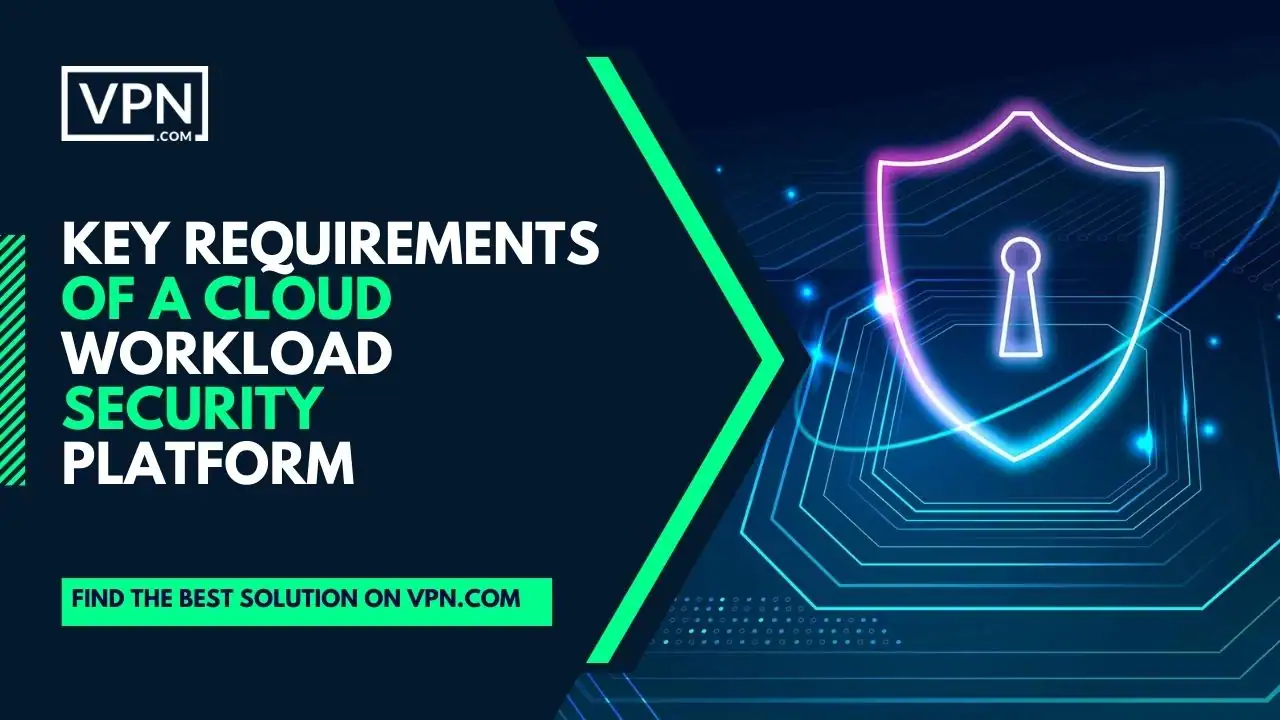
Every organization needs data protection in the digital age. Workload security in the cloud has risen to the top of the priority list as more businesses switch to cloud-based technologies. Access management, encryption, vulnerability management, threat detection and response, compliance management, integration, and automation are essential components of a complete cloud workload security platform.
Encryption protects data while it is being stored and sent, and access management makes sure that only authorized individuals have access to critical information. The cloud workload’s vulnerabilities are identified and fixed by vulnerability management, while any unauthorized access or possible breaches are promptly addressed by threat detection and response.
Compliance management ensures that the workload in the cloud adheres to all applicable laws and standards. Integration and automation also enable consistent monitoring and reaction while streamlining procedures. Any firm seeking to safeguard its data in a cloud-based environment must have these features.
Access Management
For businesses functioning in the digital sphere, protecting cloud workloads comes first. In order to protect cloud workloads from potential security risks, access control is crucial. It is the process of regulating and restricting who has access to what and when to sensitive resources.
To guarantee that only authorized users have access to the cloud environment, access management solutions in a cloud workload security platform use a variety of crucial features like multi-factor authentication, authorization, and single sign-on.
Guaranteeing cloud workload security, integrity, and availability prevents data breaches and cyberattacks. Access management streamlines credential administration, cuts down on time spent on pointless identity verification, and promotes operational efficiency in addition to limiting access. Access management, in short, is essential for protecting cloud workloads and providing a positive user experience.
Encryption
The cloud has changed the way companies work by giving them access to powerful software and infrastructure at a fraction of the cost. However, the increased convenience comes with an increased vulnerability to hackers.
Since cloud workloads are saved online, hackers may be tempted to steal sensitive information. This is why encryption is so important: it uses math to jumble data so that it can’t be read without the right key. With encryption, businesses can make sure that cybercriminals won’t be able to read the data even if they get their hands on it.
A good security platform for cloud workloads has features like strong key management, strong cipher algorithms, and efficient data processing. This makes it a complete option for securing cloud workloads. Businesses can be sure that their private data is well protected in the cloud by using encryption technologies.
Vulnerability Management
When it comes to protecting cloud workloads, vulnerability management is crucial. The security dangers linked to cloud computing are expanding along with its usage. The possibility of data breaches and cyberattacks exists constantly, thus any successful cloud security strategy must include the deployment of a thorough vulnerability management plan.
A cloud workload security platform is useful in this situation. A cloud workload security platform can support the upkeep of a secure and reliable cloud environment with features like continuous scanning, risk prioritization, and patching automation.
Organizations may continuously strengthen their security posture and reduce the likelihood of an expensive security event by staying up to date on the most recent vulnerabilities.
Threat Detection And Response
Organizations need to prioritize their security procedures as cloud computing continues to rule the IT landscape in order to safeguard their cloud workloads from ever changing threats. Threat detection and response, a proactive strategy that swiftly spots and tackles malicious activity, is one of the key elements of cloud security.
Strong features like continuous monitoring, user behavior analysis, anomaly detection, and threat hunting should be included in a comprehensive cloud workload security platform. These features enable quicker threat identification, which results in prompt correction and lessens the impact of an attack. Threat detection and response are crucial for safeguarding cloud workloads because of their quick detection and reaction times to threats.
Compliance Management
Given the rules and guidelines that businesses must follow, compliance management is an essential component of protecting cloud workloads. Businesses cannot afford to neglect compliance requirements given the rising number of security concerns.
Compliance management tools in a cloud workload security platform are crucial for ensuring that businesses adhere to regulations like HIPAA, GDPR, and PCI DSS. Companies can prevent costly fines, data breaches, and reputational harm by routinely evaluating and monitoring regulatory requirements.
A cloud workload security platform’s compliance management capabilities include constant monitoring to spot changes in the environment, thorough reporting for audit trails, and automatic scans to find non-compliant resources. Organizations can increase transparency and control over their cloud installations while lowering the risk of non-compliance by utilizing these features.
Integration And Automation
The significance of protecting cloud workloads has been brought to light by the rising usage of cloud-based infrastructures. A cloud workload security platform now needs to include both integration and automation.
Organizations may streamline their security operations and effortlessly link their security solutions with other cloud-based services thanks to these characteristics. Organizations may speed up incident response times and lower the risk of human mistake by automating security operations.
Automation can also assist businesses in maintaining regulatory compliance by imposing uniform security protocols across all cloud-based workloads. Integration and automation will remain essential for keeping cloud workloads secure as the threat landscape changes.

Signup at our #1 host
- Reduce Costs
- Shorten time to market
- Increase efficiency
- Improve agility & consistency
Access Management
Vulnerability Management
Compliance Management
Encryption
Threat Detection And Response
Integration And Automation
What Are Best Practices For Cloud Workload Security?
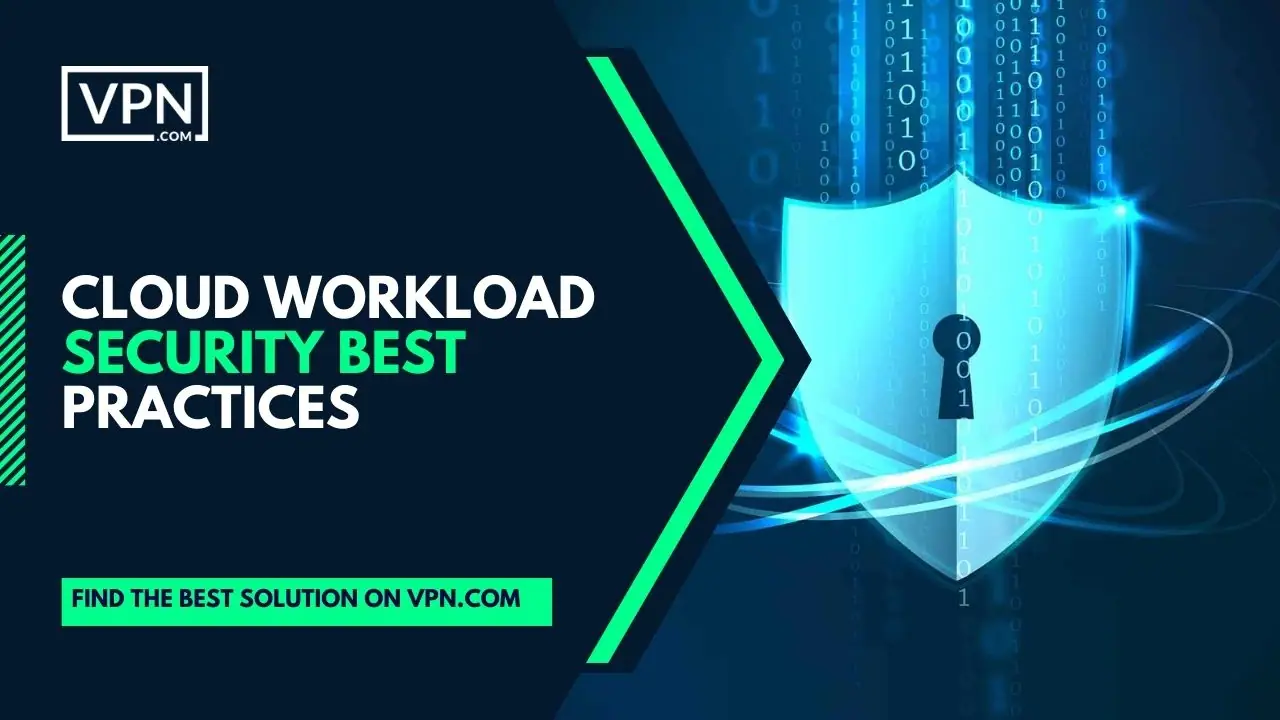
The best practices for cloud workload security are implementing access management controls, encrypt sensitive data, implementing vulnerabilities management, monitoring of suspicious activity, ensure regulatory compliance and train employees on cloud security.
Cloud computing has changed many enterprises, giving flexibility, scalability, and cost savings. These benefits pose security threats that must be addressed. To restrict data and application access to authorized users, access management controls are required.
Encrypting data is essential to prevent theft or disclosure. Vulnerability management and threat detection are required to identify and eliminate vulnerabilities prior to their exploitation. Monitoring suspicious behavior is essential for spotting breaches and acting quickly. To meet data protection standards, regulatory compliance should be a priority. These best practices improve cloud security and reduce data leaks.
Implement Access Management Controls
Strong access management policies must be put in place by enterprises in order to safeguard their cloud workloads as the use of cloud computing expands. Access control restricts cloud data and apps to approved users. The best way to make these boundaries work is with multi-factor authentication, access control based on roles, and regular reviews of user access.
It’s crucial to consistently check access logs for any indication of unauthorized activity and to swiftly terminate access as required. Organizations may greatly lower the risk of data breaches and preserve the integrity of their cloud environment by adhering to these best practices.
Encrypt Sensitive Data
Encryption protects cloud workloads. Encryption encodes plain text so only authorized users can read it. The high volume of data stored and processed in clouds makes cyberattacks more probable. Encryption makes data illegible to unauthorized users, protecting it from data breaches.
Cloud data encryption best practices include strong encryption techniques, key rotation, and access control. Encrypting data in transit and at rest prevents data leakage. Encryption helps firms secure their cloud infrastructure and protect critical data.
Implement Vulnerability Management And Threat Detection
Because cloud computing is becoming more popular, it is critical to protect cloud workloads. Two essential components of this security are vulnerability management and threat detection. Cloud providers may protect their infrastructures from numerous risks, such as hackers, malware, and unauthorized access attempts, by putting these policies into practice.
Organizations must have a thorough grasp of their cloud environment, including all assets and related risks, to achieve this. They must put into place powerful vulnerability management and scanning technologies, update their security procedures frequently, and create a reaction strategy for any security incidents. Cloud providers may stop cyberattacks and guarantee the security of their cloud workloads by using these recommended practices.
Monitor For Suspicious Activity
Cloud workloads must be secured because new threats emerge continually. Cloud security requires monitoring suspicious activities. Unauthorized access, data exfiltration, and malware deployment can be detected by monitoring suspicious activities.
Setting up notifications, monitoring user activity, and analyzing network data are best practices for effective monitoring. Auditing and log analysis can also reveal security risks. These best practices can help your organization detect and respond to attacks and safeguard cloud workloads.
Ensure Regulatory Compliance
Regulatory compliance must be ensured when securing cloud workloads. Organizations must abide by a myriad of regulatory regulations to protect sensitive information kept in the cloud due to growing concerns about data security and privacy.
Keeping track of all cloud services, encrypting data, creating access limits, and monitoring activity logs are all recommended methods for guaranteeing regulatory compliance. To make sure the firm is compliant with the most recent regulatory requirements, it is also crucial to conduct regular security evaluations and audits.
Organizations can minimize security risks, achieve regulatory compliance, and take advantage of cloud computing by adhering to these best practices.

Signup at our #1 host
- Reduce Costs
- Shorten time to market
- Increase efficiency
- Improve agility & consistency
Train Employees On Cloud Security Best Practices
Businesses now use cloud computing to house their sensitive data and workloads in the digital age. The security of data and networks has become a top responsibility for every firm as cloud technology gains popularity. A secure cloud environment is achieved through employee training. Employee training on cloud security best practices can aid in avoiding data breaches and online threats.
The creation of a security policy that specifies permissible actions and the provision of continuous training and testing to guarantee comprehension and retention are best practices for educating staff on cloud security.
Security hazards including phishing, hackers, and rogue workers should be known to all employees. It is possible to lower the risk of security breaches and create a safer cloud environment for everyone by regularly offering training sessions on cloud security to staff.
Choosing a Cloud Workload Security Solution
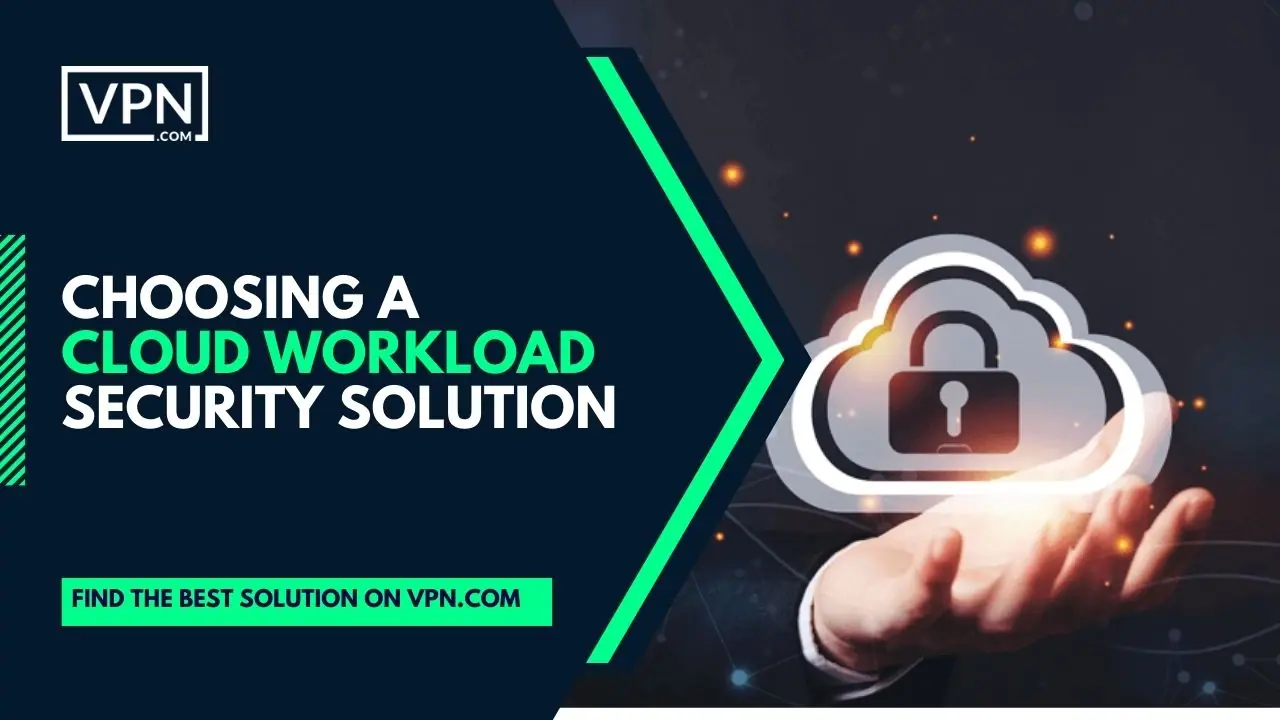
Businesses have turned to cloud computing to host their sensitive data and duties in the modern digital era. As cloud computing becomes more widespread, securing data and networks has become a top priority for every organization.
Training employees is crucial to attaining a secure cloud environment. Teaching workers the best ways to keep data safe in the cloud can help stop data breaches and cyberattacks. Creating a security policy that defines acceptable practices and providing ongoing training and testing to ensure comprehension and retention are best practices for training employees on cloud security.
All employees should be aware of security threats such as phishing, hackers, and dishonest colleagues. By providing regular training sessions on cloud security, employees remain current on the most recent security techniques, reducing the risk of security breaches and assuring a safer cloud environment for everyone.

Signup at our #1 host
- Reduce Costs
- Shorten time to market
- Increase efficiency
- Improve agility & consistency
Conclusion
Cloud workload security is crucial. It safeguards sensitive data, prevents breaches, and ensures regulatory compliance. A recent blog article highlighted critical takeaways to help firms secure cloud workloads. Use multi-factor authentication, role-based access restriction, activity logs, and data backups. Businesses must secure their cloud workloads to protect data. Review and update your security procedures today to protect your cloud services. Protect your business’s critical data now.
Customer Reviews for Performive.com

Gary Simat Great Leader, Performive Great Company
October, 17 2022

Best Hosting Provider
March, 25 2021

Excellent performance from an elite company.
March, 8 2021




